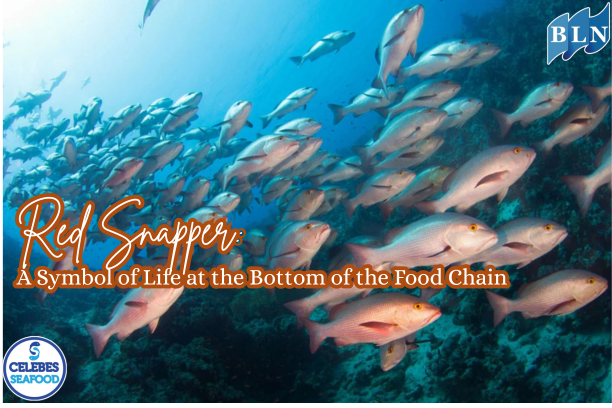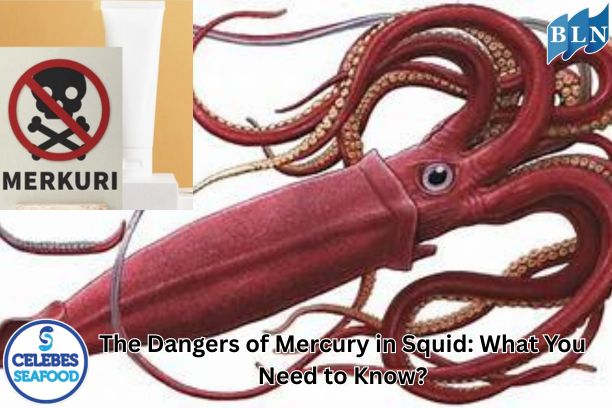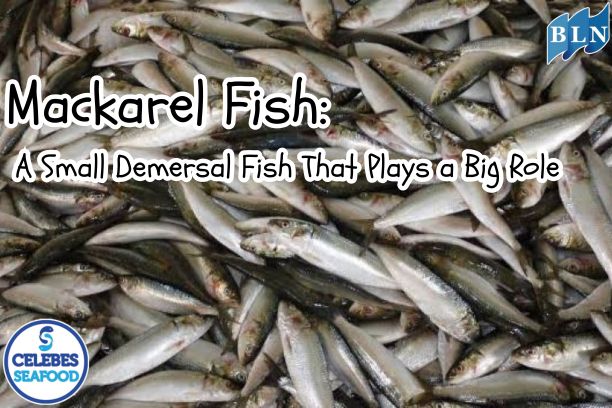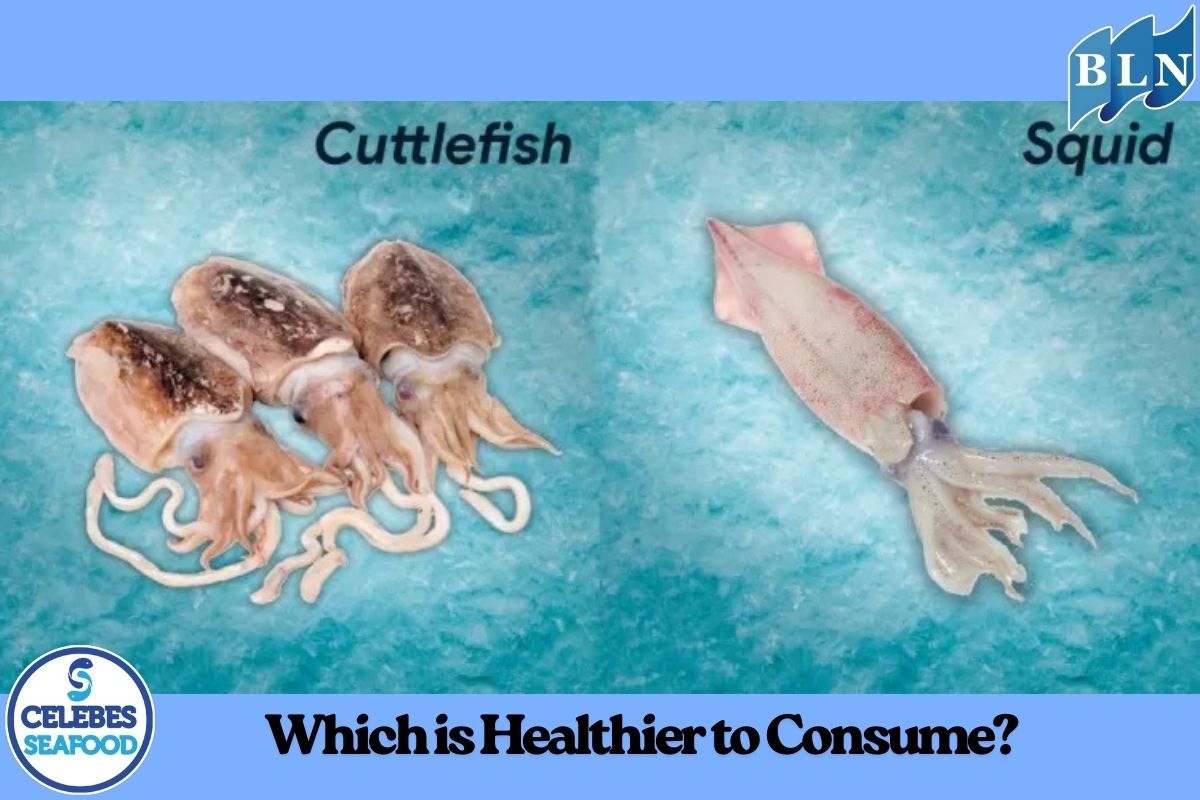Prospects for Utilizing Threadfin Bream in the Seafood Processing Industry
By. Rani - 30 Jun 2025.jpg)
Threadfin Bream, widely known in Indonesia as "ikan kuniran" or "ikan kerisi," is a demersal fishery commodity with bright prospects for utilization in the seafood processing industry. Its white, tender flesh and savory taste make it an ideal raw material for various value-added products.
Potential of Threadfin Bream
Threadfin bream offers several advantages that support its use in the processing industry:
- Abundant Availability: This species is widespread in tropical and subtropical Indo-Pacific waters, including those of Indonesia. Relatively stable stocks allow for a consistent supply of raw materials for the industry.
- Economical Size: While not as large as other premium fish, threadfin bream are uniform enough in size and easy to handle for processing.
- Flesh Texture and Taste: Its tender, not overly oily, and white flesh is highly suitable for processing into various products without requiring extensive flavor or texture corrections.
- Competitive Price: Compared to premium fish like snapper or grouper, threadfin bream tends to be more economical, making it an attractive option for both producers and consumers.
Opportunities in the Seafood Processing Industry
The utilization of threadfin bream can be optimized through product diversification. Some key opportunities include:
- Surimi and Surimi-Based Products: This is the biggest prospect. Threadfin bream flesh is ideal for surimi production due to its high protein content and good gelling properties. From surimi, various derivative products can be made, such as:
- Fish Balls: A popular product with broad appeal.
- Fish Nuggets: A convenient option for family consumption.
- Fish Sausages: A healthy alternative to meat sausages.
- Kamaboko/Fish Cake: Japanese-style processed products that are gaining popularity.
- Seafood Analogs: Such as imitation crab sticks or imitation scallops.
- Frozen Fillets: Threadfin bream flesh can be filleted and frozen for easier distribution and storage. These fillets can be sold directly to consumers or to the catering and restaurant industry.
- Otak-Otak and Pempek: In Indonesia, threadfin bream is often used as a base for traditional foods like otak-otak (grilled fish cake) and pempek (fish cakes) due to its suitable texture.
- Salted/Dried Fish: Although a traditional processed product, salted threadfin bream still has its own market, especially for extended shelf life.
- Fishmeal: Processing waste (heads, bones, skin) can be converted into high-value fishmeal for animal feed or supplements.
Read Also : Differences between Goldband Snapper and Other White Fish
Challenges and Development Strategies
While the prospects are bright, several challenges need to be addressed:
- Raw Material Quality Standardization: The quality of fish arriving at the processing plant must be consistent to ensure the quality of the final product.
- Processing Technology: Investment in modern and hygienic processing technology is crucial for producing high-quality products that meet international food safety standards.
- Cold Chain Management: The quality of processed products heavily relies on an effective cold chain system, from capture to distribution.
- Marketing and Promotion: Market education regarding the nutritional value and advantages of processed threadfin bream products needs to be enhanced.
With appropriate strategies, ranging from good post-harvest handling, technology investment, to product innovation and marketing, Threadfin Bream has significant potential to become a backbone of the seafood processing industry, providing substantial economic added value for fishers and businesses.
If you are interested in our Goldband Snapper Fillet Skin On, Goldband Snapper Fillet Skinless please do not hesitate to contact us through email and/or whatsapp.








